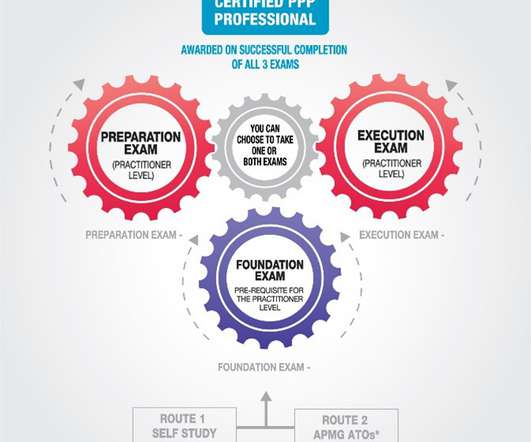Resilient Cities, Sustainable Future: Innovating Infrastructure for the 21st Century
Training ByteSize
JUNE 3, 2024
We must improve service delivery and fundamentally transform how both public and private sector project developers plan and procure assets that meet comprehensive sustainability criteria—spanning social, environmental, institutional, and economic-financial aspects throughout the asset lifecycle.










Let's personalize your content